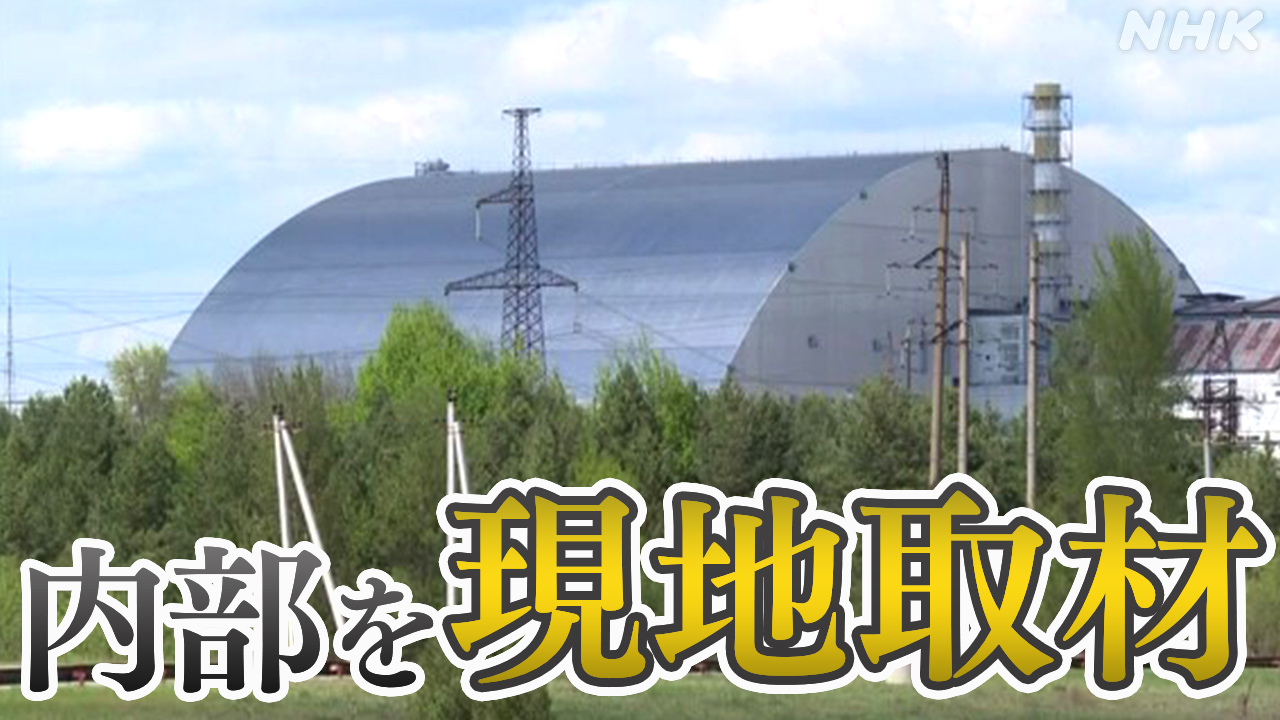Russia's War in Ukraine: The Devastating Impact on Chernobyl's Damaged Shelter
The ongoing war in Ukraine has cast a long shadow over the world, and its impact extends far beyond the immediate battlefields. One particularly concerning consequence is the significant threat posed to the Chernobyl Nuclear Power Plant and its precarious sarcophagus, a structure designed to contain the radioactive fallout from the 1986 disaster. Russia's invasion has jeopardized the already fragile situation, raising serious concerns about a potential nuclear catastrophe.
The Precarious State of Chernobyl Before the Invasion
Even before the war, the Chernobyl Exclusion Zone presented unique challenges. The sarcophagus, built to entomb the damaged reactor, was aging and required constant maintenance. The New Safe Confinement, a massive arch structure built over the old sarcophagus, offered improved containment but was still vulnerable to external factors. International efforts, primarily led by the European Bank for Reconstruction and Development (EBRD), focused on securing the site and preventing further radioactive release.
Key Challenges Facing Chernobyl Prior to the War:
- Aging Infrastructure: The original sarcophagus was nearing the end of its operational lifespan, and degradation posed a constant risk.
- Funding and Resource Constraints: Maintaining the site required substantial financial investment and skilled personnel.
- Environmental Factors: The Exclusion Zone's unique ecosystem posed challenges to long-term stability and safety.
Russia's Invasion and the Chernobyl Threat
The Russian occupation of the Chernobyl Nuclear Power Plant in the early days of the invasion dramatically worsened the situation. Reports surfaced of power outages affecting the site's crucial cooling systems, raising the specter of a meltdown. Furthermore, the presence of armed forces and military activity in a highly sensitive radiation zone created immense safety concerns. The International Atomic Energy Agency (IAEA) expressed profound alarm about the potential for disruption to the site's safety protocols.
Key Risks Introduced by the Russian Occupation:
- Power Outages: Disruptions to the power grid threatened the cooling systems necessary to prevent overheating of spent nuclear fuel.
- Security Breaches: The presence of military personnel increased the risk of accidents and potential damage to critical infrastructure.
- Interference with Monitoring: The occupation hampered the ability of international organizations to monitor the site's safety and stability.
Long-Term Implications and the Road to Recovery
The full extent of the damage inflicted on Chernobyl's infrastructure and safety protocols during the Russian occupation is still being assessed. The IAEA and other international organizations are working diligently to understand the long-term impacts and support the effort to restore safety. The Ukrainian government is also committed to ensuring the long-term stability of the site, but the road to recovery will be long and arduous. Funding and international cooperation are crucial for securing the future of Chernobyl and preventing any further catastrophic events.
Looking Ahead: Challenges and Opportunities
- International Cooperation: Continued international support is critical for funding repairs and ensuring the long-term safety of the site.
- Infrastructure Upgrades: Significant investment will be needed to replace damaged equipment and improve the site's resilience.
- Environmental Remediation: Ongoing efforts are required to monitor and mitigate the environmental impact of the disaster.
The situation at Chernobyl serves as a stark reminder of the devastating consequences of war and the vital importance of international cooperation in addressing global safety challenges. The ongoing crisis highlights the need for continued vigilance and sustained commitment to ensuring the long-term safety and security of nuclear facilities worldwide. For updates and further information, refer to the official reports and statements from the IAEA and EBRD.
